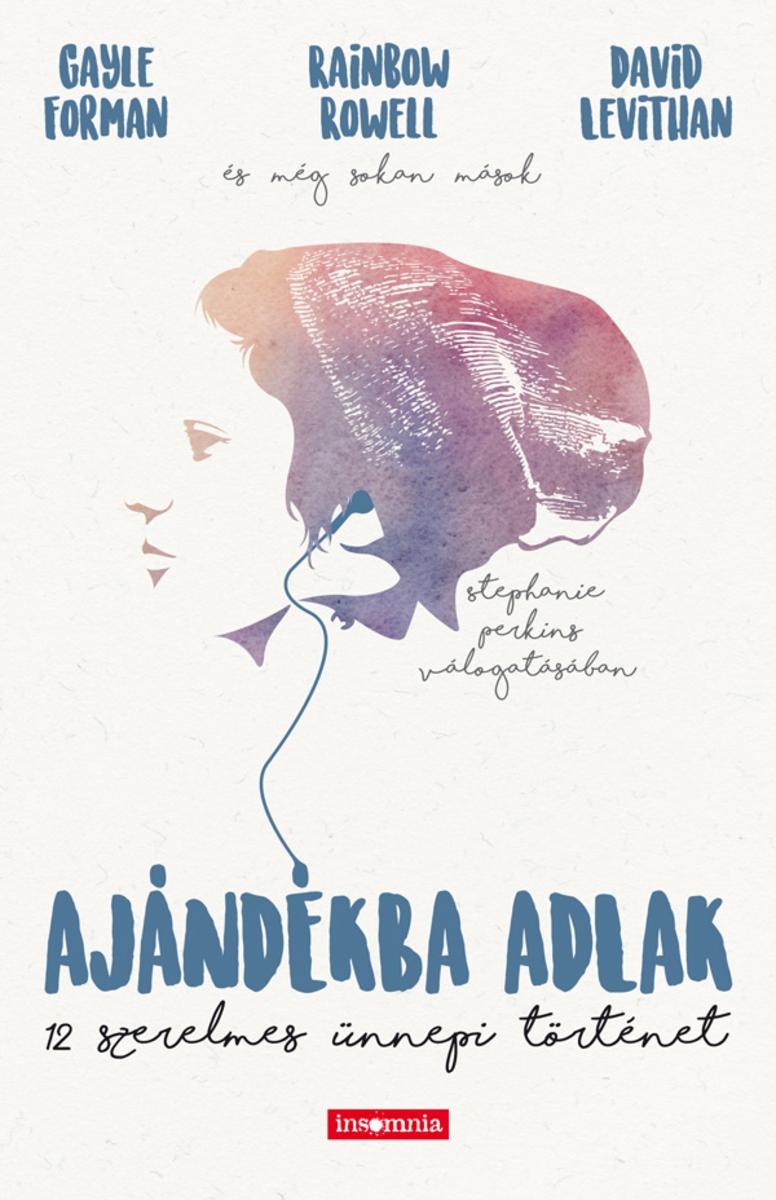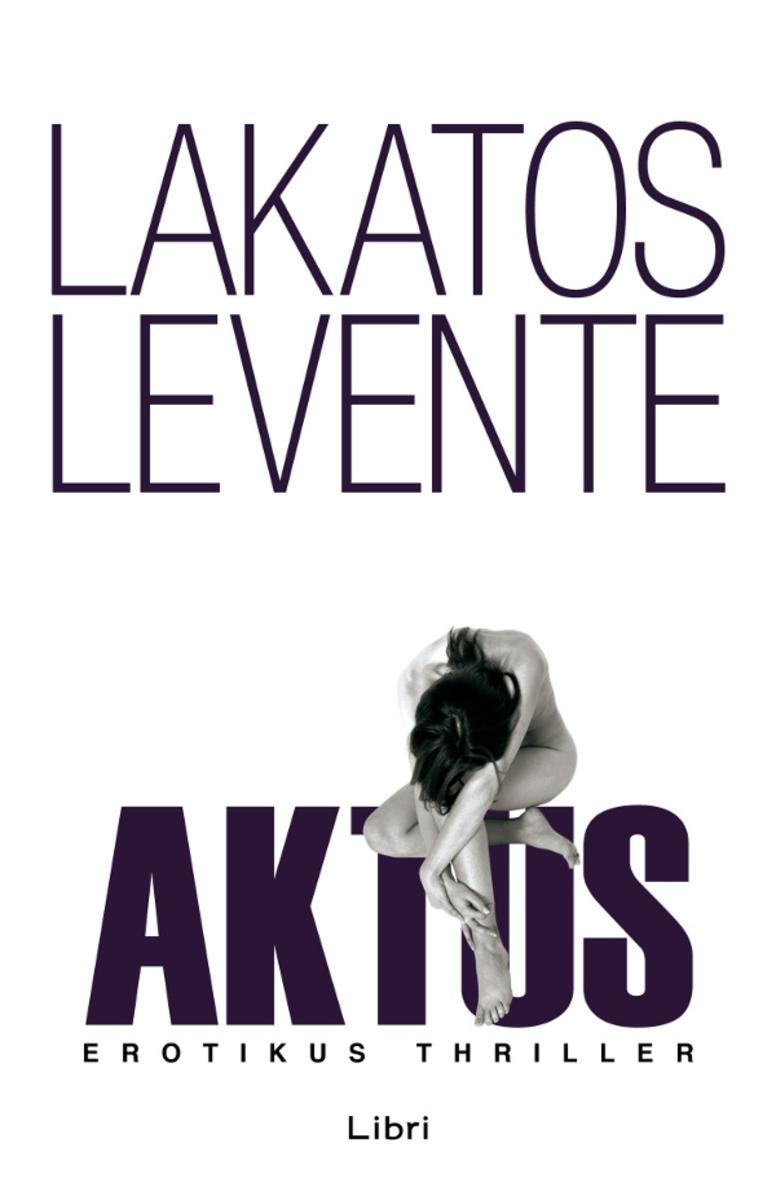
Túladagolt boldogság: A pozitív gondolkodás mellékhatásai
¥65.97
Túladagolt boldogság: A pozitív gondolkodás mellékhatásai

Ajándékba adlak: 12 szerelmes ünnepi t?rténet
¥68.83
Ajándékba adlak: 12 szerelmes ünnepi t?rténet

Vérében a m?vészet - Sherlock Holmes-kalandregény
¥74.56
Vérében a m?vészet - Sherlock Holmes-kalandregény

A herceg szeret?je
¥74.56
A herceg szeret?je

Júlia 597. (A csábítás receptje)
¥18.56
Júlia 597. (A csábítás receptje)

Hollóasszony
¥57.31
Hollóasszony

Nyugvóponton
¥74.47
Nyugvóponton

Pszichológia mindenkinek 1.
¥84.28
Pszichológia mindenkinek 1.

Kínos végrendelet
¥19.13
Kínos végrendelet

Már egyáltalán nem szorongok, de teljesen be vagyok...
¥71.69
Már egyáltalán nem szorongok, de teljesen be vagyok...

Zóna
¥74.56
Zóna

Romana 595. (Válj el, de nélkülem!)
¥20.11
Romana 595. (Válj el, de nélkülem!)

Aktus
¥74.56
Aktus

?letképtelenek
¥65.97
letképtelenek

Kéjutca: Magyar szex euróért
¥66.79
Kéjutca: Magyar szex euróért

Tíz igaz t?rténet 3.
¥46.84
Tíz igaz t?rténet 3.

Megb?v?lve
¥20.11
Megb?v?lve

T?kéletes nyár
¥75.54
T?kéletes nyár

Júlia 611. - Signor Delucca egyezsége (Chatsfield Hotel 10.)
¥20.11
Júlia 611. - Signor Delucca egyezsége (Chatsfield Hotel 10.)

A válasz: A teljes élet titka
¥75.86
A válasz: A teljes élet titka

Bianca 301–302. - Az id? kereke (Szerencse lányai 1.)
¥48.97
Bianca 301–302. - Az id? kereke (Szerencse lányai 1.)




 购物车
购物车 个人中心
个人中心



